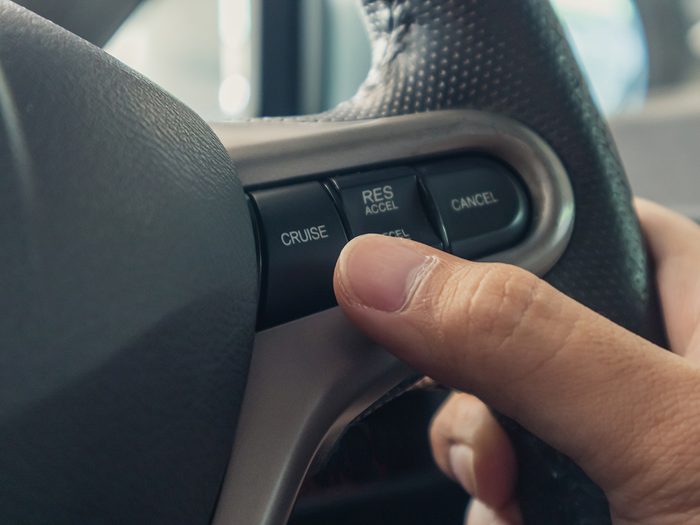
Use your car’s cruise control to its full potential
To save on fuel, turn on your cruise control (on open highways only) or watch your speedometer. Varying your speed even between 75 and 85 kilometres an hour every 18 seconds gobbles 20 percent more gas.
Feeling pain at the pumps? Try these proven strategies to improve gas mileage.
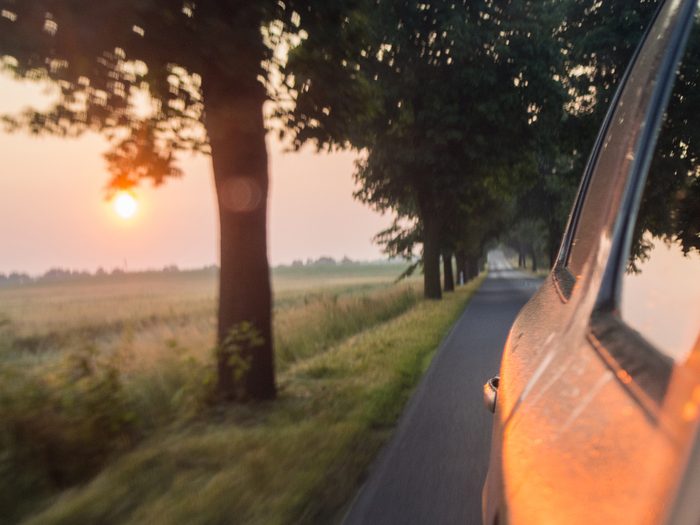
Leave early
Getting out the door even a few minutes ahead of schedule means you’ll be less tempted to speed or take other risks to reach your destination more quickly, says Scott Marshall, director of training for Young Drivers of Canada.
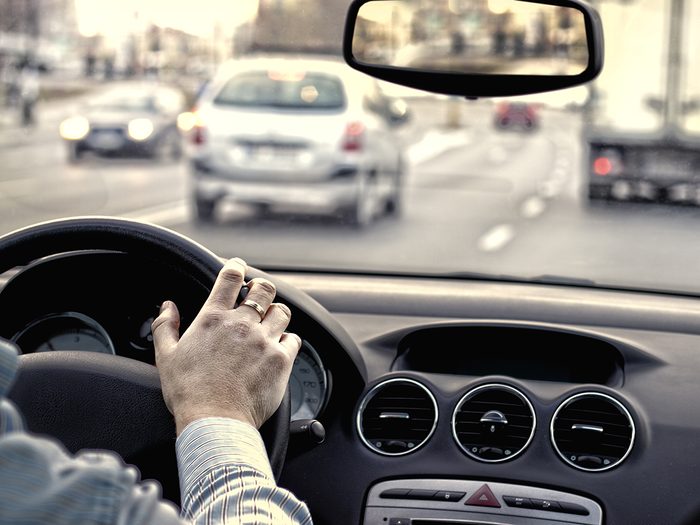
Remember the two-second rule
For city driving, there should be at least two seconds between the time the back of the car in front of you passes an object along the side of the road and when the front of your vehicle passes it, says Marshall. Double that in winter, at higher speeds or in poor conditions.
How many of these car dashboard lights can you decode?
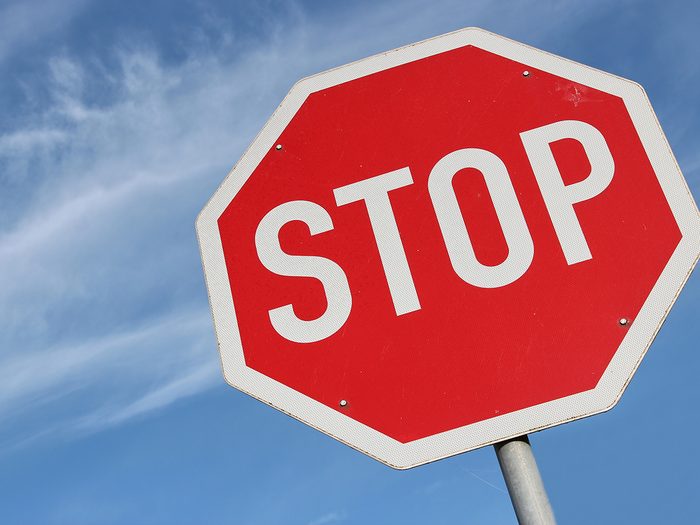
Coast to a stop
Take your foot off the gas when you approach a yellow or red light. You’ll use less gas and reduce wear and tear on your tires and brakes.
Find out what it could mean if your brakes are squeaking.
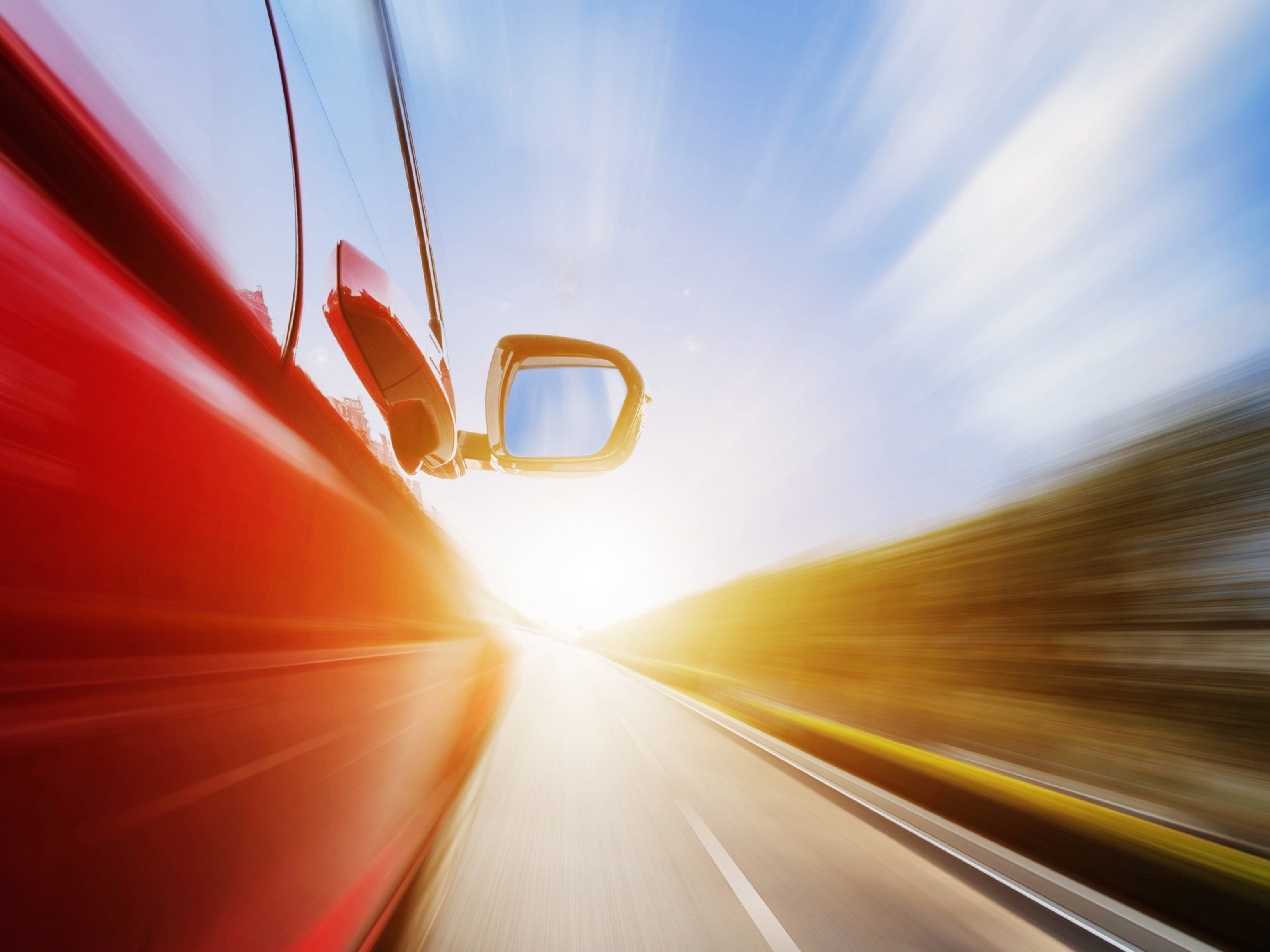
Accelerate gradually
If you treat green lights and on-ramps like the start of the Indy 500, you’ll drain fuel and strain your engine.
Stop making these expensive mistakes at the gas pump.
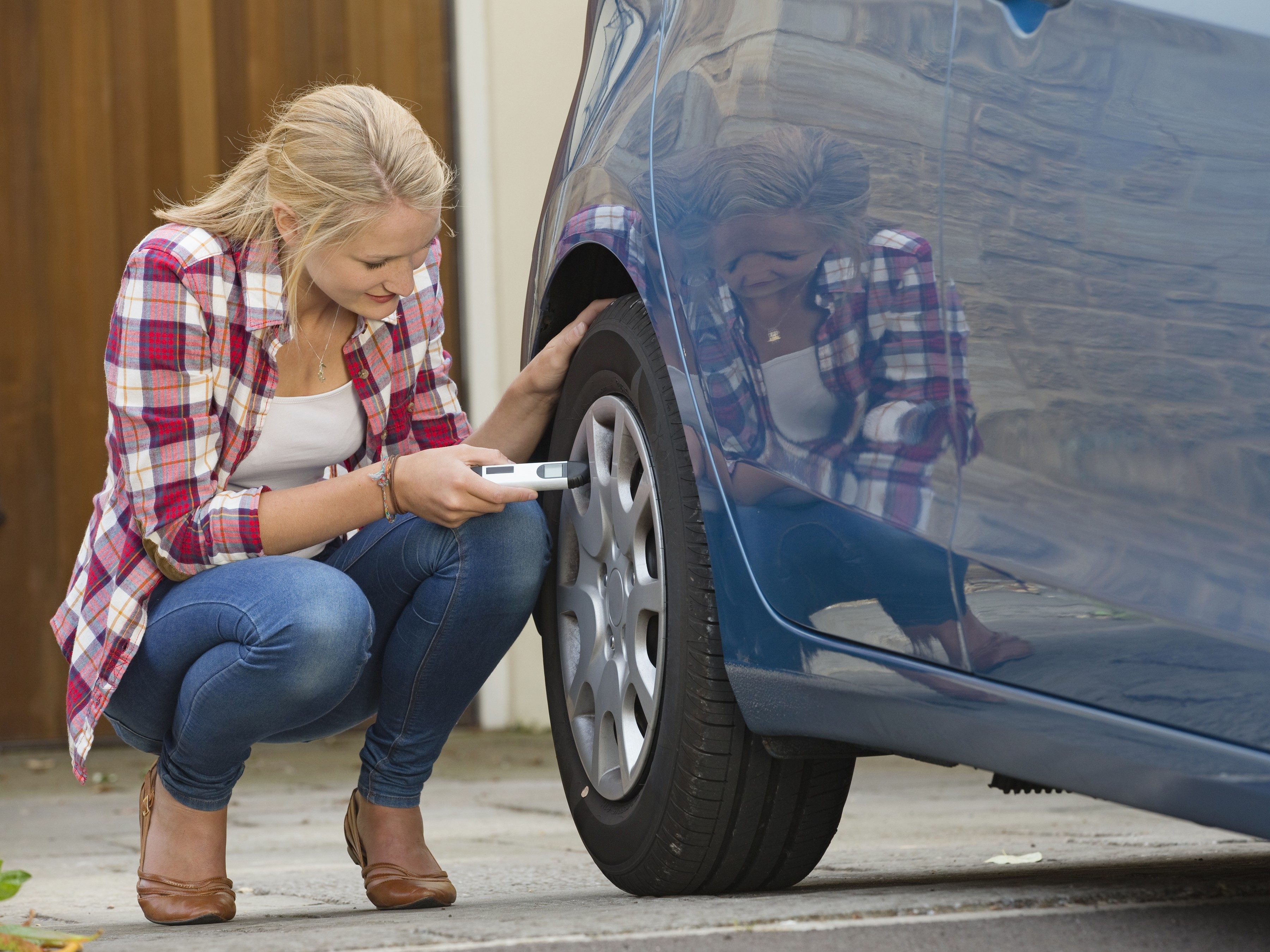
Check your car’s tire pressure
Look on the inside of the driver’s door for your car’s ideal tire pressure and monitor it regularly. If it’s low by just eight pounds per square inch (55 kilopascals), you’ll burn through four percent more fuel.
Here’s how to check tire pressure like a pro.
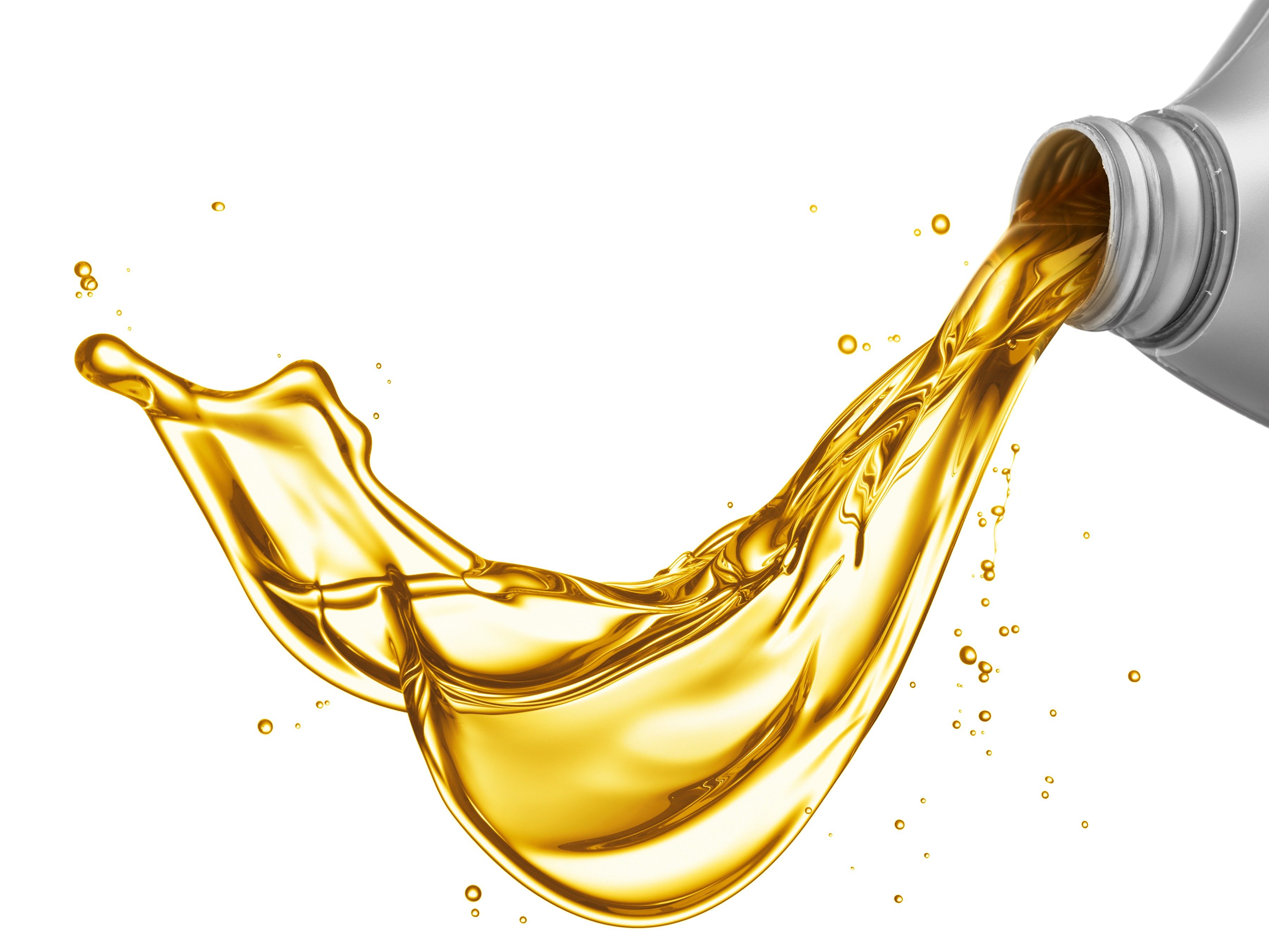
Switch to synthetic oil
Switching to synthetic oil will lower both your greenhouse gas emissions and fuel consumption. (Check your owner’s manual to be sure, but synthetic oil is now safe for almost all vehicles.)
Find out the secret to pouring oil (without making a mess).
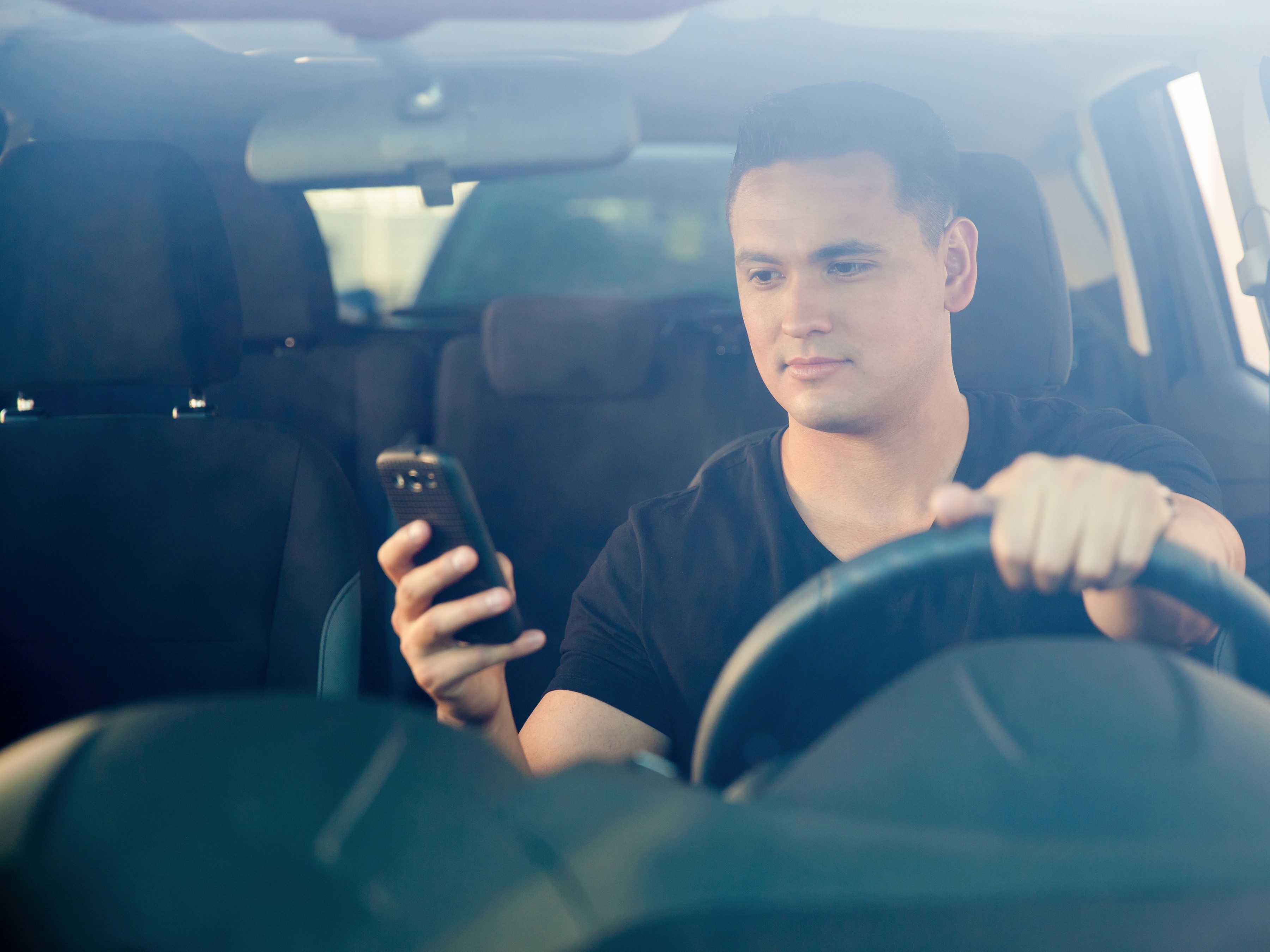
Put your phone out of sight
Sgt. Alain LeBlanc, media relations officer for the RCMP in Nova Scotia, says distracted driving is now the leading cause of fatal and serious-injury collisions, a trend that bears out in Saskatchewan as well. A 2013 study from Virginia Tech found that drivers who text are twice as likely to get into a crash or near-crash. But even a hands-free phone is a distraction, says Marshall. “Driving is done with more than just your hands. You need your brain, too.”
Here’s advice on how to stop texting and driving, once and for all.
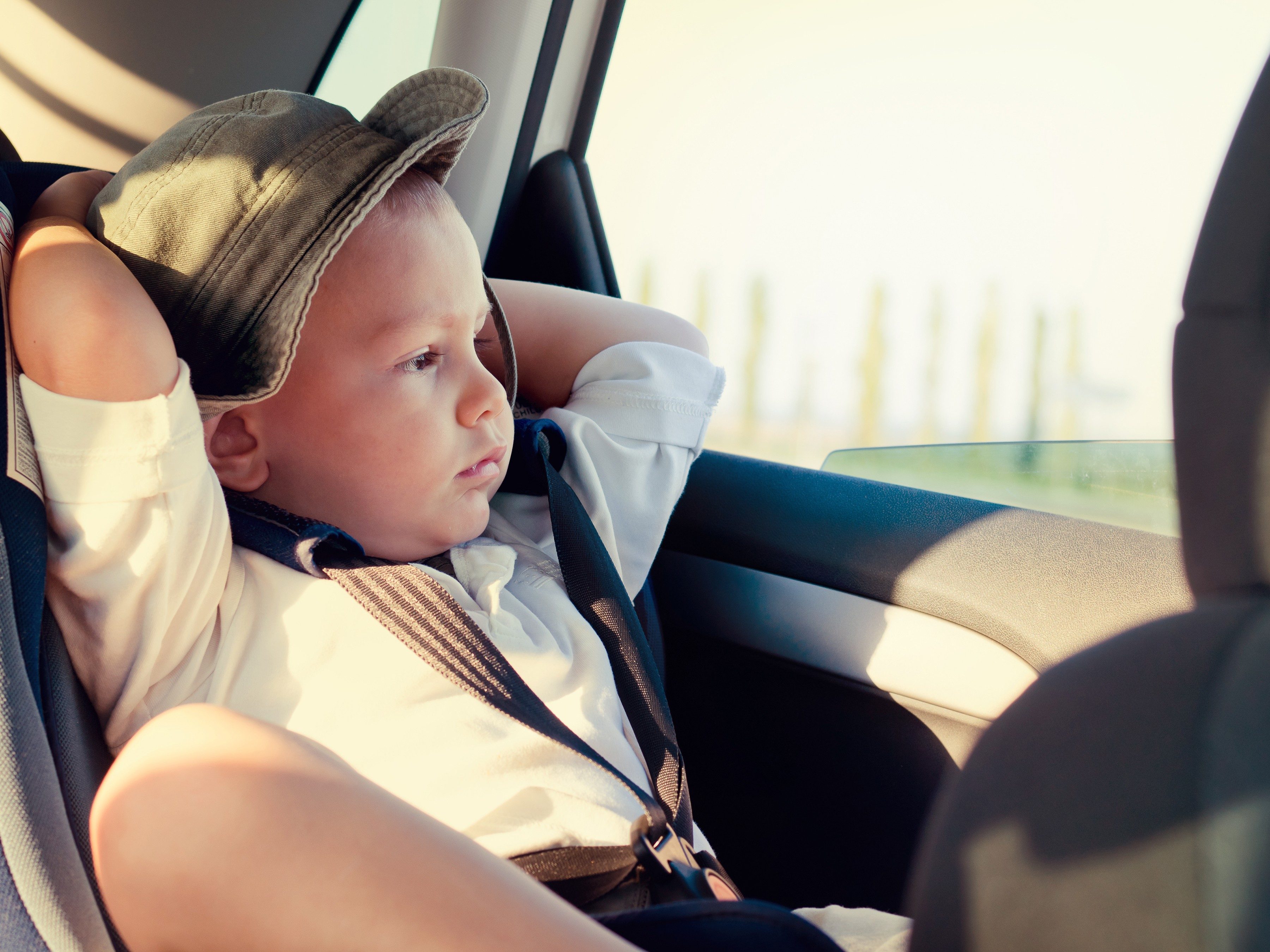
Get the kids settled before you leave
You can’t concentrate on the road while putting in a DVD or passing out snacks.
Find out the common mistake parents make with car seats in winter.
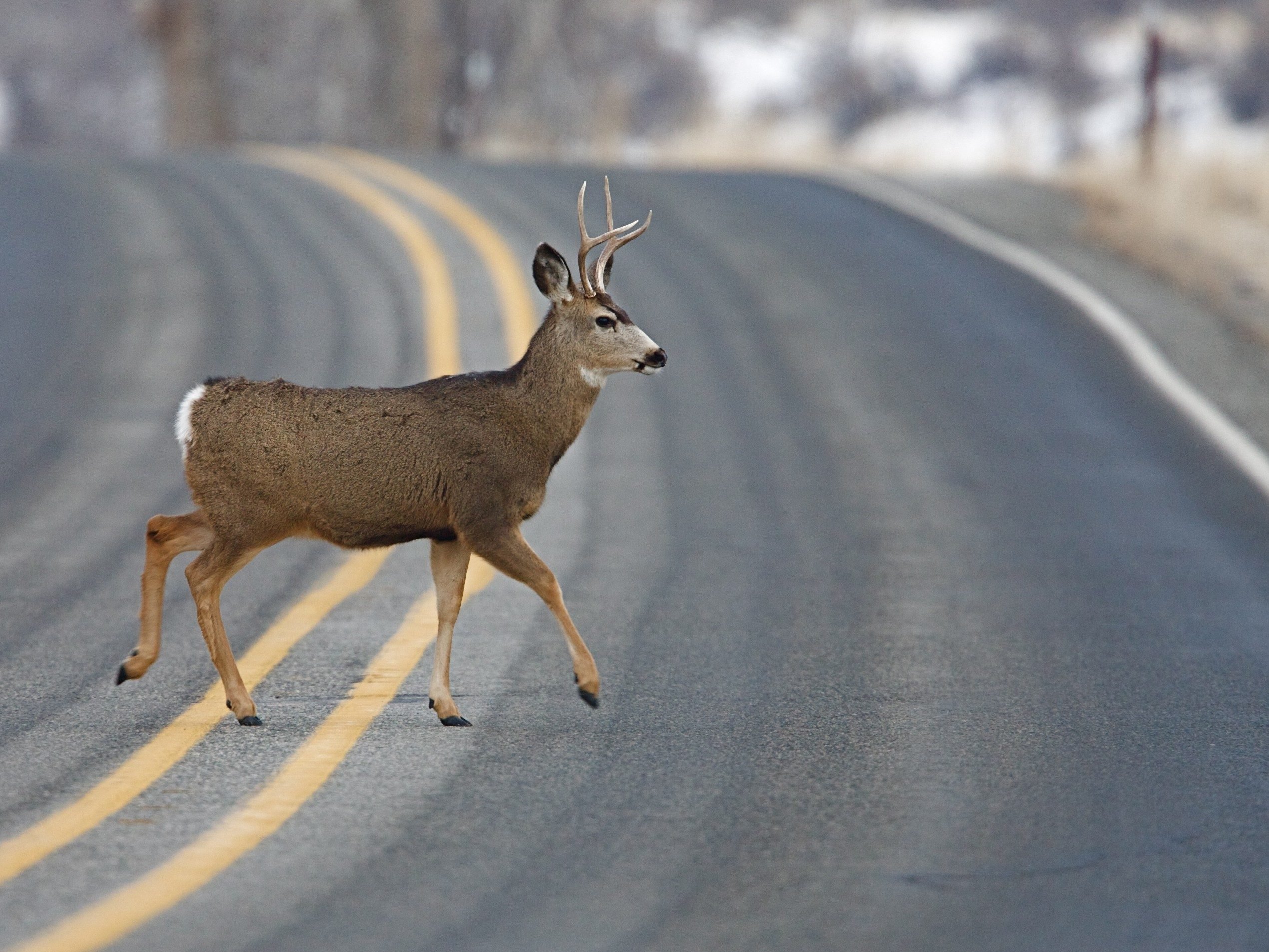
Watch for wildlife
Thousands of deer are killed on Canadian roads each year, says Marshall, who also blogs about road safety at The Safe Driver. Prepare yourself to spot animals sooner by moving your eyes from side to side while you drive through areas where there could be wildlife, especially at dawn and dusk.
Here’s expert advice on how to stay safe when driving in heavy rain.
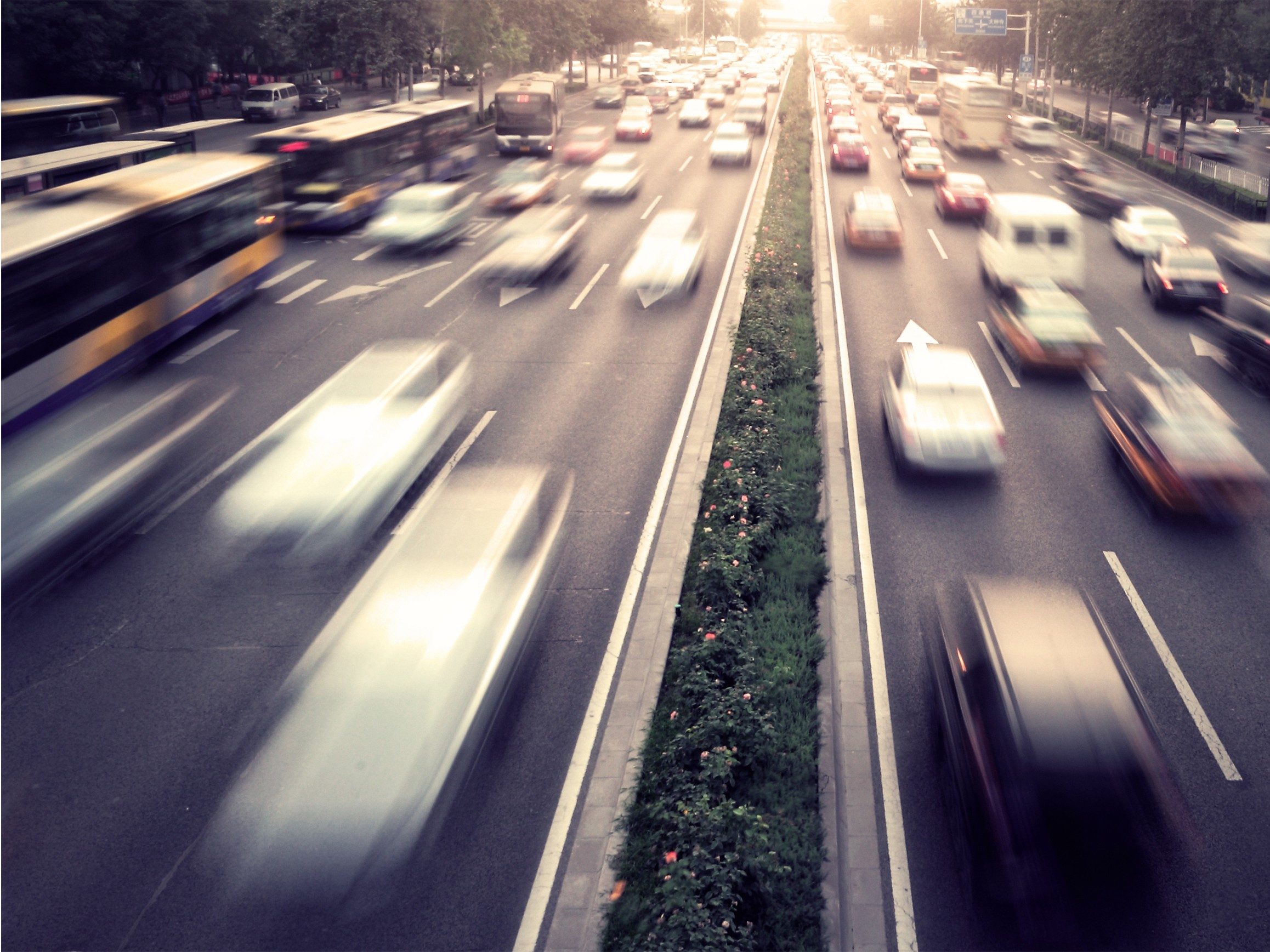
Leave room between cars
Don’t drive right next to another vehicle. Instead, leave some space so you have time to react to the unexpected, says Marshall.
Make sure you never do this when driving.
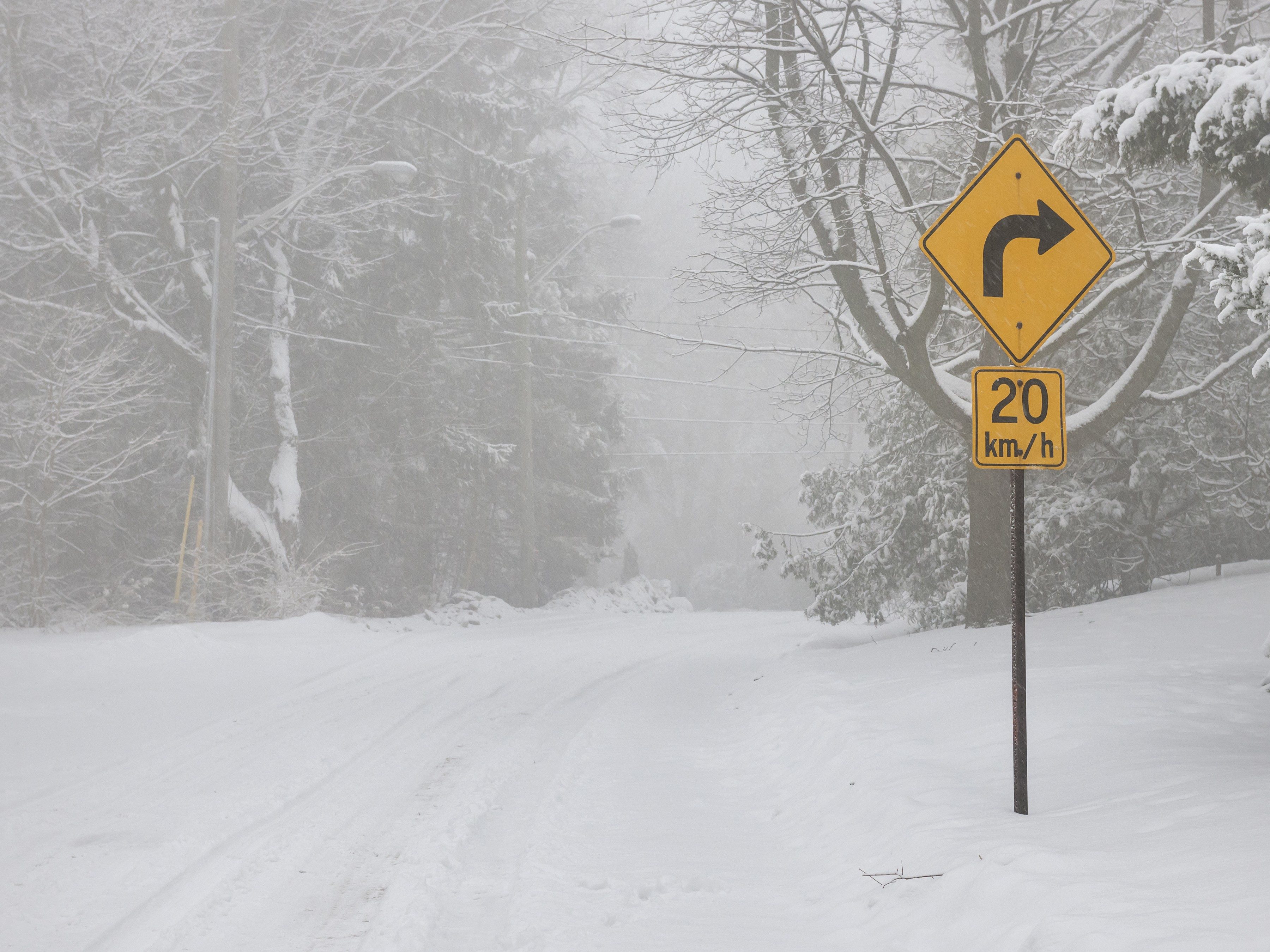
Speed limits aren’t an absolute
Posted speed limits are for excellent conditions only, says LeBlanc, who points out that driving the maximum during a storm, for example, is clearly dangerous.
Check out more winter driving mistakes that could put you in danger.
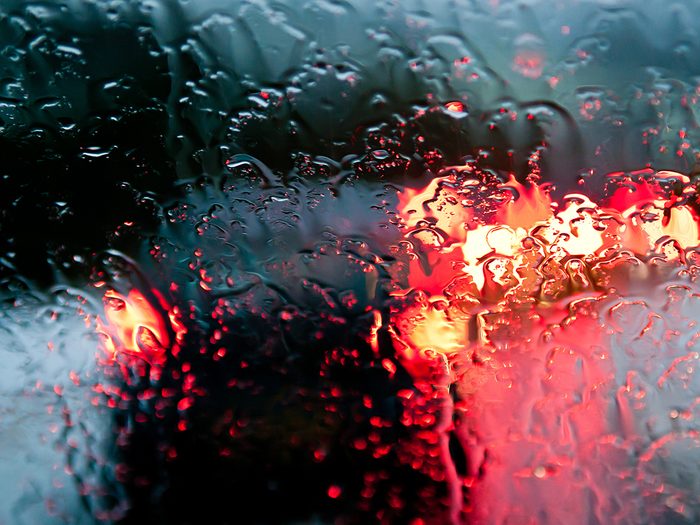
Know when to stay at home
“People go out in a storm when it’s really not necessary,” says LeBlanc. Police often learn that victims of foul-weather accidents were just headed to the store to buy milk.
Now that you’ve got these driving tips for beginners fresh in your mind, check out 20 great car gadgets that make driving safer.